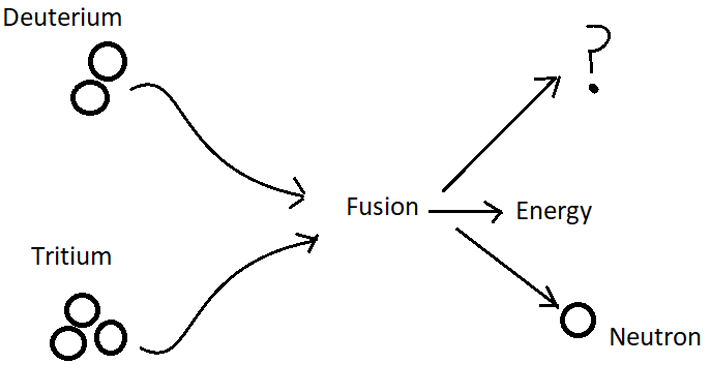This set of Engineering Physics Multiple Choice Questions & Answers (MCQs) focuses on “Nuclear Fusion”.
1. Nuclear fusion is the phenomenon of ___________
a) Heavy nucleus splitting
b) Heavy nuclei combining
c) Light nucleus splitting
d) Light nuclei combining
View Answer
Explanation: Nuclear fusion is the process in which two or more lighter nuclei fuse together to form a single stable and heavy nucleus.
2. The fusion reaction takes place under ________
a) High Temperature and Low Pressure
b) Low Temperature and High Pressure
c) High Temperature and High Pressure
d) Low Temperature and Low Pressure
View Answer
Explanation: The fusion reaction takes place under the conditions of extremely high temperature (≈ 107 K) and pressure. This is necessary so that the protons have high enough Kinetic Energy to overcome their mutual repulsion.
3. Which process happens inside a star?
a) Electron Excitation
b) Nuclear fusion
c) Nuclear fission
d) Diffusion
View Answer
Explanation: Throughout their lives, the stars undergo Nuclear fusion. Hydrogen and helium atoms fuse together to forge heavier elements.
4. The two types of cycles proposed in the stars for fusion are ________
a) p-p cycle and p-e cycle
b) p-p cycle and C-N cycle
c) p-p cycle and p-C cycle
d) p-p cycle and p-N cycle
View Answer
Explanation: The two types of thermonuclear reactions that have been proposed into the stars for fusion are the Proton (p-p) cycle and the Carbon-Nitrogen (C-N) cycle.
5. In the Proton cycle, the hydrogen and deuteron fuse to form ___________
a) Deuteron
b) Tritium
c) Helium – 3
d) Helium – 4
View Answer
Explanation: The process is as follows: 2D + 1H -> 3He + Q X 2
The deuteron combines with a proton to yield Helium-3.
6. In the Carbon-Nitrogen cycle, nitrogen acts as a nuclear catalyst.
a) True
b) False
View Answer
Explanation: In this cycle, carbon acts as a nuclear catalyst. The nitrogen is used as a reactant in the reaction and even a radioactive isotope of Nitrogen is formed.
7. The Q-value for both, the p-p cycle and the C-N cycle is same.
a) True
b) False
View Answer
Explanation: The Q-value for both the cycles turns out to be 26.7 MeV. Both the p-p cycle and the C-N cycle’s net reaction is that four hydrogen atoms fuse together to form a helium atom and 26.7 MeV of energy.
8. What would be the effect of a nuclear holocaust?
a) Nuclear Summer
b) Nuclear Spring
c) Nuclear Autumn
d) Nuclear Winter
View Answer
Explanation: It is predicted that in the event of a nuclear holocaust, the radioactive waste will hang like a cloud in the earth’s atmosphere. It will absorb the sun’s radiation resulting in a nuclear winter.
9. The unit used to measure the dose of radiation is ____________
a) Joule
b) Roentgen
c) Nuclei
d) m2
View Answer
Explanation: The unit used to measure the dose of radiation is roentgen. A single dose of one roentgen is defined to be the radiation that produces 1.6 X 1012 pairs of ions in 1 gm of air.
10. What should be the product of this fusion reaction?

a) Helium – 3
b) Helium – 4
c) Helium – 5
d) Boron
View Answer
Explanation: The given figure can be expressed as the equation:
2H + 3H -> X + 1n, where X is the desired product.
As we know, the sum of mass numbers of reactants is equal to the mass number of the product. Therefore, the mass number of X should be 4.
Thus, it should be a Helium-4 ion.
Sanfoundry Global Education & Learning Series – Engineering Physics.
To practice all areas of Engineering Physics, here is complete set of 1000+ Multiple Choice Questions and Answers.
If you find a mistake in question / option / answer, kindly take a screenshot and email to [email protected]
